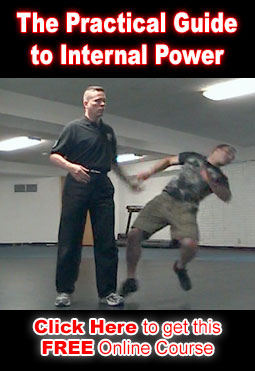The Nine Angles of Attack are a basic numbering system that we are utilizing to make it so that two practitioners can rapidly drill and play. The utilization of the numbers are that each number is used to convey a specific angle direction and technique designation. This is so that when I say the number 1 my partner knows exactly what I mean and no further explanation is necessary.
It is also so that when we discuss where an error or problem occurred we can speak about it in terms of numbers thus saving a lot of time and energy. For example if my partner brought an angle 1 but would have been much better off to bring an angle 5 then I have stated a whole paragraph by telling them “you wanted an angle 5 on that one”.
There are many different systems that utilize different numbering systems for the angles of attack. I have found the one I am listing here to be the most useful for me as the numbering system is simple and easy for beginners to quickly learn. The angles of the angles of attack do not change if you are empty handed, if you have a knife or if you have a stick. The angles are the same regardless. The biggest difference in position if you have a knife is if you are holding the knife in a stabbing position or in a slicing position.
All of the angles except for angles 5 & 6 utilize the hand shape of a hammer fist. Angles 5 and 6 tend to use the open hand.
The Basic Nine Angles of Attack are:
1. Angle 1 is an arcing motion to their temple or where the neck and shoulder meet. The important thing to remember is that your right arm rises from behind your own right sided neck and shoulder area and goes as high as possible before it falls. The angle 1 flows through and finishes behind your left neck and shoulder area.
Angle 1 can also be used to hit through their arm if they are standing in a fists raised like a boxer position.
2. Angle 2 picks up right where Angle 1 left off. Angle 2 is an arcing motion to their temple or where the neck and shoulder meet. The important thing to remember is that your right arm rises from behind your own left sided neck and shoulder area and goes as high as possible before it falls. The angle 2 flows through and finishes behind your right neck and shoulder area.
Angle 2 can also be used to hit through their arm if they are standing in a fists raised like a boxer position.
3. Angle 3 picks up right where Angle 2 left off. Angle 3 goes straight across like a sideways hit to their neck or ribs or kidney, sternum or spine and finishes up behind your left neck and shoulder area again. The difference in your striking height is not determined by the position of your arm as much as it is determined by your legs.
Angle 3 can also be used to hit through their arm if they are standing in a fists raised like a boxer position.
4. Angle 4 picks up right where Angle 3 left off. Angle 4 goes straight across like a sideways hit to their neck or ribs or kidney, sternum or spine and finishes up behind your left neck and shoulder area again. The difference in your striking height is not determined by the position of your arm as much as it is determined by your legs.
Angle 4 can also be used to hit through their arm if they are standing in a fists raised like a boxer position.

You must be logged in to post a comment.